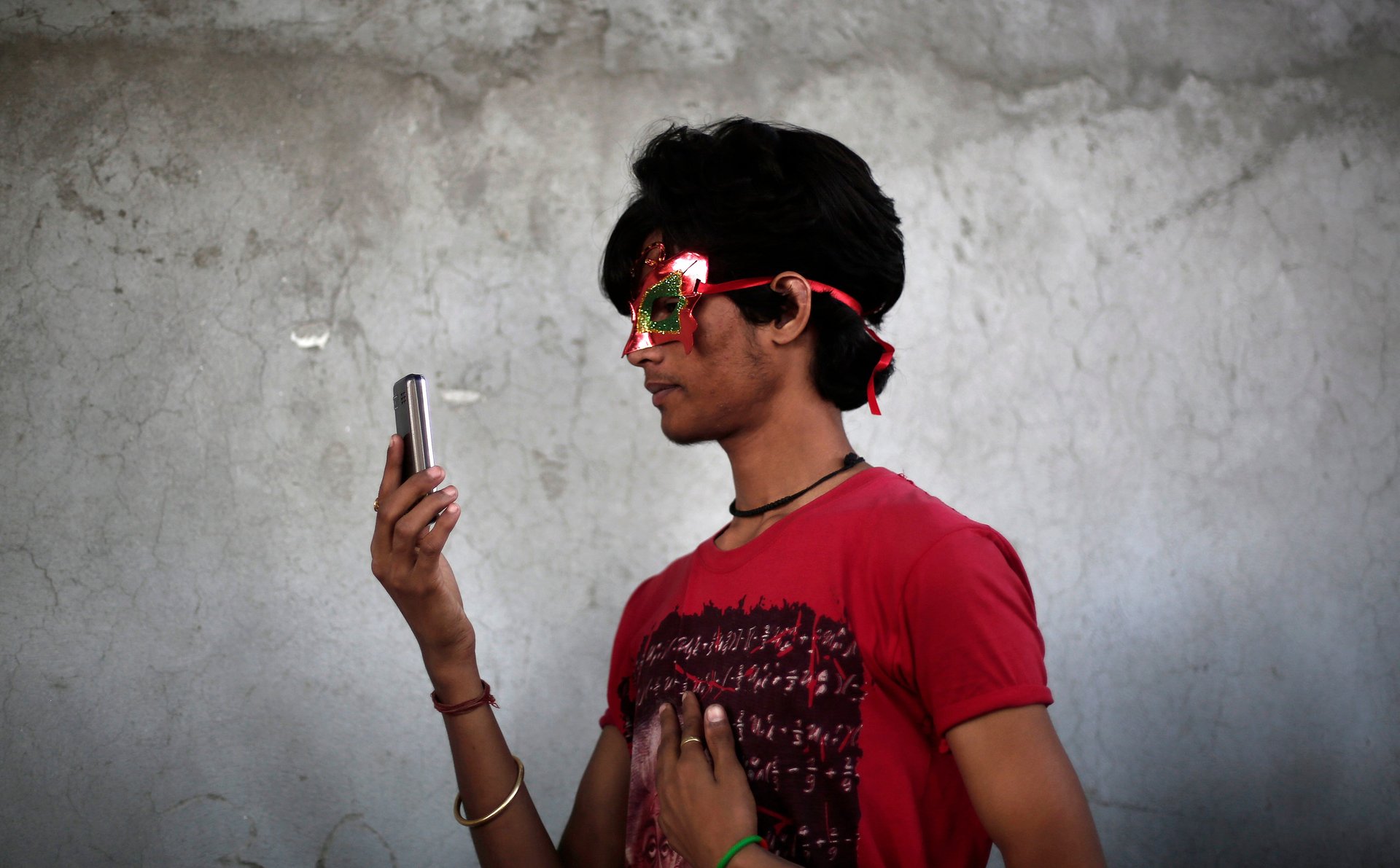Two charts explain why Indian election 2019 is unlike any other
The ongoing parliamentary elections in India are noticeably different from any other till now.


The ongoing parliamentary elections in India are noticeably different from any other till now.
Over the past five years, the country has seen an exponential increase in the use of smartphones and internet penetration—two factors that hold a great influence on voters.
India has over 450 million smartphone owners today, around three times the 155 million it had in 2014 when the last Lok Sabha (lower house of the parliament) elections were held, according to Neil Shah, research director at Counterpoint Research.
The phenomenon has largely been supported by an influx of cheap Chinese smartphones. For instance, Xiaomi, which entered India in 2014 and held just around 3% market share in 2015, now holds over 30%. Other such players include Vivo with a 10% market share and Oppo (7%).
With the smartphone user base expanding, internet has reached over 566 million Indians.
This is also supported by Reliance’s Jio telecom service, which offers internet at dirt cheap prices. In 2019, the number of internet users in India is estimated to touch 627 million.
The country now has 300 million Facebook users and around 200 million WhatsApp users.
“The impact of using social media for political campaigns has become uglier since 2014,” said Varun Vardhan, a Delhi-based freelance political campaign manager. “Today the biggest strategic decisions of national interest are open for public opinion on social media even before an issue emerges in its entirety. This is particularly dangerous since most debates on social media are either ill-informed or outright fake.”
Political parties now have newer avenues to spread their agenda. Besides the likes of Facebook and Twitter, there are homegrown companies such as ShareChat and Dailyhunt that have become popular platforms for politically-motivated messages.
There are also highly popular Chinese apps such as video generation platform TikTok and local language news app Helo in India, which have fueled concerns over doctored videos, fake news, and hate speech, particularly during the elections.
“Such side-door access through various intermediaries over which news publishers themselves have limited control is far more in India than it is for online news users in a market like the US,” a study by the Reuters Institute said. Even though the government and the companies have taken steps to curb the spread of fake news, after it sparked numerous instances of violence, monitoring every user-generated post isn’t practical, it added.